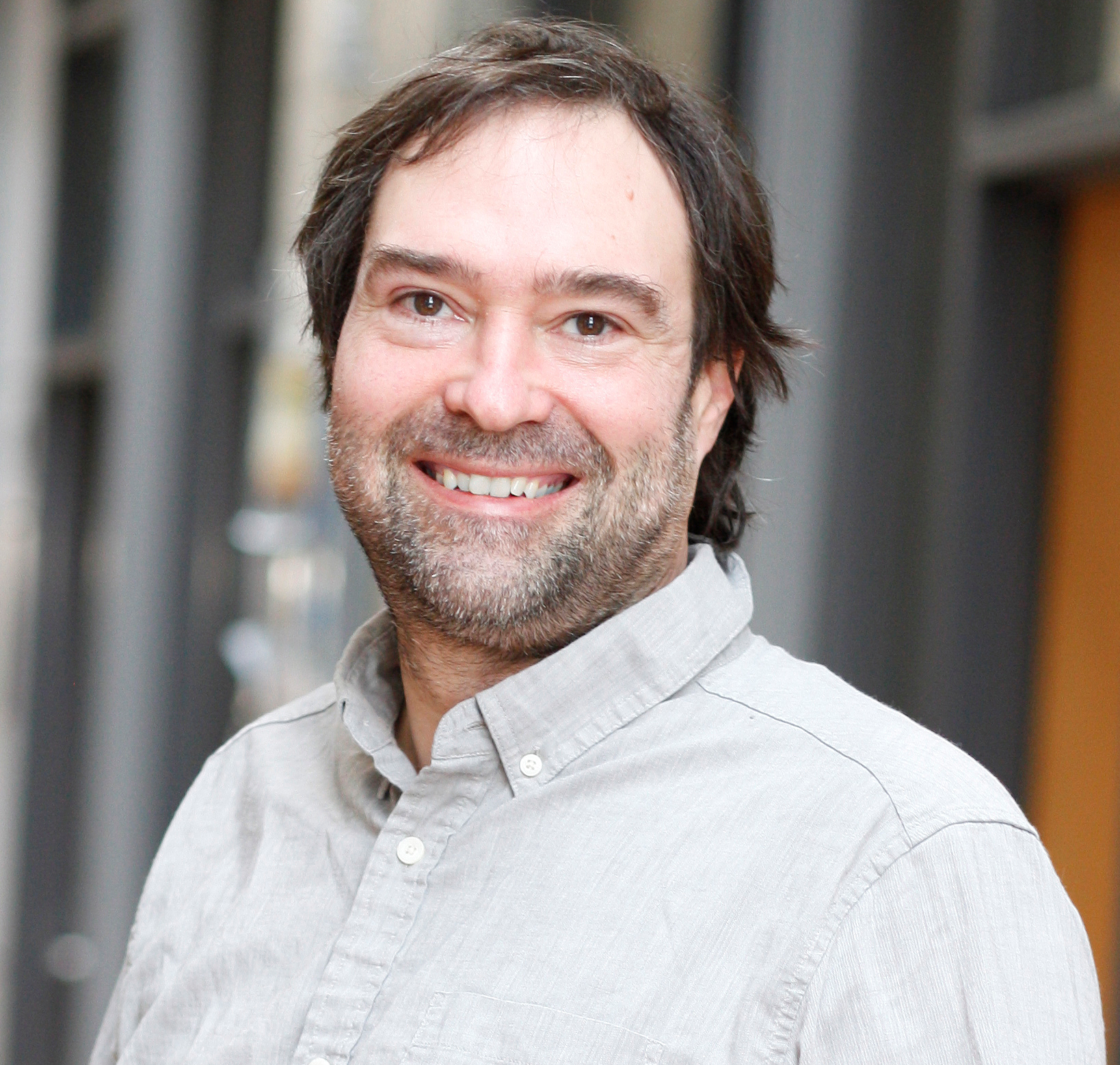
Numa Dancause is a Full Professor for the University of Montreal's Department of Neuroscience.
His works focus on physiological foundations of motor control, plasticity supporting motor recovery after adult brain injuries, readaptation effects and neuromodulation on this plasticity. A motor recovery happens a few months after a cerebrovascular accident (stroke). An impressive number of studies suggest that this recovery is supported by an adaptive plasticity happening in other regions of the brain. In the case of an injury damaging the primary motor cortex (M1), premotor areas that have numerous connections with the motor cortex and their own corticospinal projections that are well placed to intervene. A lot of studies have identified a reorganization of the ipsilateral premotor cortex (IL) and conclude that it participates in motor recovery (Dancause, 2006). Contrary to what certain studies have concluded for the motor recovery in the contralesional cortex, some studies have concluded that it interferes in the recovery. Our misunderstanding of the CL's hemisphere role in motor recovery is particularly troubling because of new protocols for the treatment modifying activity in the cortical zones are developed (Brown et al., 2006) and some protocols aim the CL hemisphere specifically (Jayara, & Stinear, 2008). These new intervention strategies can only be maximized by a profound understanding of plasticity.
In his lab, Professor Dancause's team uses stroke models to study the plasticity in different regions of the CL cortex following ischemic injuries of M1. Particularly, we are currently studying
- The immediate changes to the M1's neuronal activity and CL premotor areas following the inactivity of M1.
- The evolution in neuronal activity changes in the CL hemisphere and its implications in the recovery of the injured area.
- The reorganisation of connections in the CL hemisphere following the stroke.
To explore these questions, unicellular saving methods, intracortical microstimulators, pharmacological and neuroanatomical manipulations are used.
A unique aspect of his works are the use of diverse animal brain models (rats, capuchin monkeys, macaques) in which he uses numerous electrophysiological and neuroanatomical techniques. His laboratory is funded by the IRSC operations fund, Brain Canada, CRSNG, Fonds de recherche du Québec – Nature et technologie (FRQ-NT) and the Heart and Stroke Foundation of Canada.
The excellence in his fundamental works have been highlighted by the Natural Sciences and Engineering Research Council of Canada (Acceleration Award; 2016) and is a Senior Researcher at the Fonds de Recherche du Québec – volet santé (FRQ-S).
Thematics
Teams
Keywords
This content has been updated on 15 May 2024 at 15 h 29 min.
